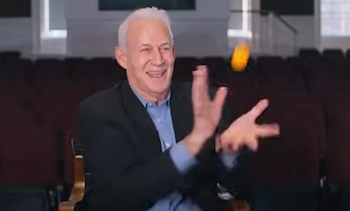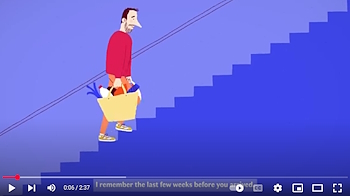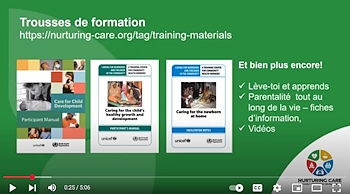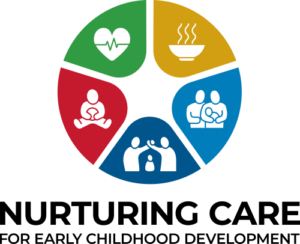“The Beginning of Life” Documentary
The Beginning of Life (O Começo da Vida) emotionally brings to life the science behind the importance of loving relationships in a child’s early years. Interviews with experts are interspersed with footage of parents and children from nine countries across four continents. Read More →










